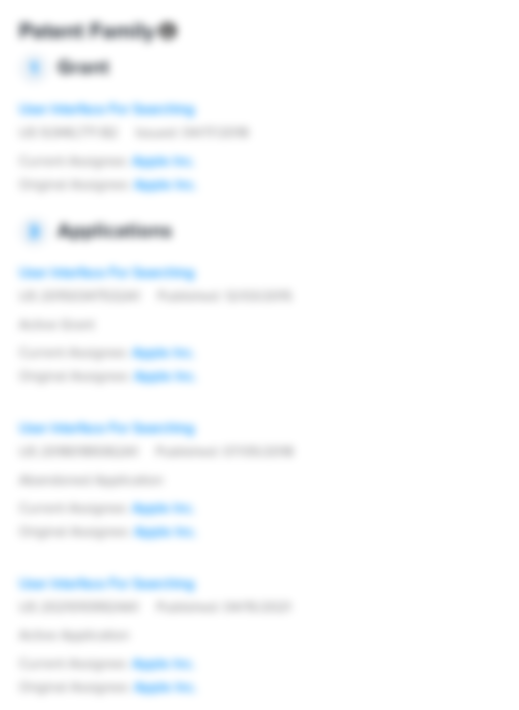Automated cytological specimen classification system and method
DCFirst Claim
Patent Images
1. A semi-automated method of classifying a specimen, comprising the steps of:
- a) obtaining the specimen; and
b) classifying the specimen to determine the likelihood that individual objects in the specimen have attributes justifying further evaluation, said classifying including i) ranking individual objects in the specimen in an order according to the likelihood that an object has attributes justifying further evaluation, and ii) identifying location coordinates of one or more of the objects for review or further classification by a human.
2 Assignments
Litigations
0 Petitions
Accused Products
Abstract
An automated screening system and method for cytological specimen classification in which a neural network is utilized in performance of the classification function. Also included is an automated microscope and associated image processing circuitry.
167 Citations
26 Claims
-
1. A semi-automated method of classifying a specimen, comprising the steps of:
-
a) obtaining the specimen; and
b) classifying the specimen to determine the likelihood that individual objects in the specimen have attributes justifying further evaluation, said classifying including i) ranking individual objects in the specimen in an order according to the likelihood that an object has attributes justifying further evaluation, and ii) identifying location coordinates of one or more of the objects for review or further classification by a human. - View Dependent Claims (2, 3, 4, 5, 6, 7, 8, 9, 10)
-
-
11. A method for providing interactive review of objects in a specimen indicative of the highest likelihood of abnormality in the specimen, comprising the steps of:
-
a) obtaining the specimen; and
b) classifying the specimen to determine the likelihood that individual objects in the specimen have attributes of cell abnormality justifying further evaluation, said classifying including i) assigning individual objects in the specimen a value according to the likelihood that an object has attributes of cell abnormality, and ii) selecting location coordinates of one or more of the objects to provide for viewing and further classification by a human. - View Dependent Claims (12, 13, 14, 15)
-
-
16. A method of providing location-guided screening of a specimen for objects in the specimen having a likelihood of cell abnormality, comprising the steps of:
-
a) obtaining the specimen; and
b) classifying the specimen to determine the likelihood that individual objects in the specimen have attributes of cell abnormality justifying further evaluation, said classifying including i) ranking objects in the specimen in an order according to the likelihood that an object has attributes of cell abnormality, and ii) identifying locations of one or more of the objects to provide viewing and further classification by a human. - View Dependent Claims (17, 18, 19, 20, 21, 22, 23, 24, 25, 26)
-
Specification
